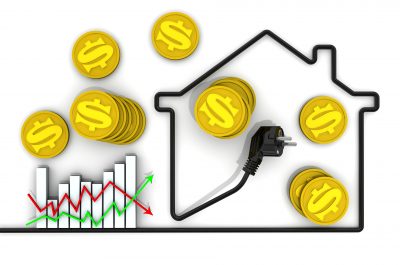National Electricity Market Grand Designs – Renovate or Rebuild?

Stack of report paper documents for business desk, Business papers for Annual Report files, Document is written,presented. Business offices concept, soft focus (Stack of report paper documents for business desk, Business papers for Annual Report files
One of the few remaining constants of the energy market in the current phase of transformation is the energy review. In fact, with the unprecedented pace of change in technology and consumer expectations, energy review processes have become increasingly common, if not pervasive.
The design brief – a masterplan for post-2025
In October 2018, the Council of Australian Energy Ministers quietly signaled one of the most far-reaching inquiries of the dozens already occurring across the energy sector and its institutions. The Energy Council’s request was contained in a single line:
Ministers also asked the ESB to provide advice on a long term, fit-for-purpose market framework to support reliability that could apply from the mid 2020s as the market transitions.
This is the Post 2025 Market Design for the National Electricity Market review to be undertaken by the Energy Security Board. The review team is due to provide advice to the Energy Council on a ‘next generation’ of market design, to take effect from the middle of the next decade. Market design, in this context, is intended to cover a far reaching set of energy policy issues – from how security of supply is maintained, to how the energy market operates to deliver services to customers day to day.
Laying the groundwork and starting with services
The review has two unique features.
- A significant lead-in period and time for options to be generated and tested.
- The review seeks to start with an assessment of the required set of services needed to deliver secure, reliable and lower emissions generating electricity to customers at least cost.
From this ‘services’ led focus, the review is due to consider metrics that can be used to assess the existing market design and then consider scenarios for potential longer-term market developments.
Other options for market design will then be considered, including assessment of international models. From 2020 two alternative models will be detailed and tested, leading to recommendations and then possible energy legislation and rule changes through 2021. Given the breadth of issues under review, there is the potential for some of these options for market designs to look fundamentally different to the National Electricity Market as it operates today.
Design challenges – renovations already in progress
A key challenge for the review will be to consider how the existing broad range of reforms will be treated in a post-2025 design.
For example, major reforms are being contemplated in the coordination of generation and transmission, transmission access and pricing and the regulatory approval processes for electricity interconnectors across Australia. Clearly, taking a ‘blank slate’ approach to the rules and frameworks put in place in the next year would give rise to significant regulatory risks, costs and uncertainty for customers and network owners alike.

Ensuring an investable policy and regulatory framework
This raises what will be a central issue for a broad market design review to contend with: ensuring the investability of the framework for the major capital requirements likely to be required to upgrade, modernise and optimise operation of the grid for customers.
This is an issue that stretches from generation, through to the networks that connect generation and distribute the power, to the everyday customer considering investing in solar, batteries and an electric vehicle. With the Australian Energy Market Operator estimating pressing investment needs in transmission of between $450-$650 million in its recent Integrated System Plan, it is critical these investments, which will deliver services for well beyond 20 years, have a stable investment recovery framework in place.
This priority is reinforced by the review’s focus including market design options with more centralised planning and decision-making, even as governance of the market itself is considered to be out of scope.
The initial review announcement emphasises that services can be provided by a range of mechanisms including mandatory service provision, regulated pricing, facilitated markets through to the free market. The only option explicitly ruled out in this context is the compulsory acquisition of privately owned energy assets. Maintaining investability, as the review considers both options to reassign risks and the role of governments and their actions, will require significant ongoing focus and skill.
The next formal public step for the review, following the early work on scenarios and defining the expected service requirements beyond 2025, is expected to be the identification and refining of options for testing by the end of the year. Networks, consumers, and markets alike will be watching closely.
You can read more about the Energy Security Board’s post 2025 review here.


